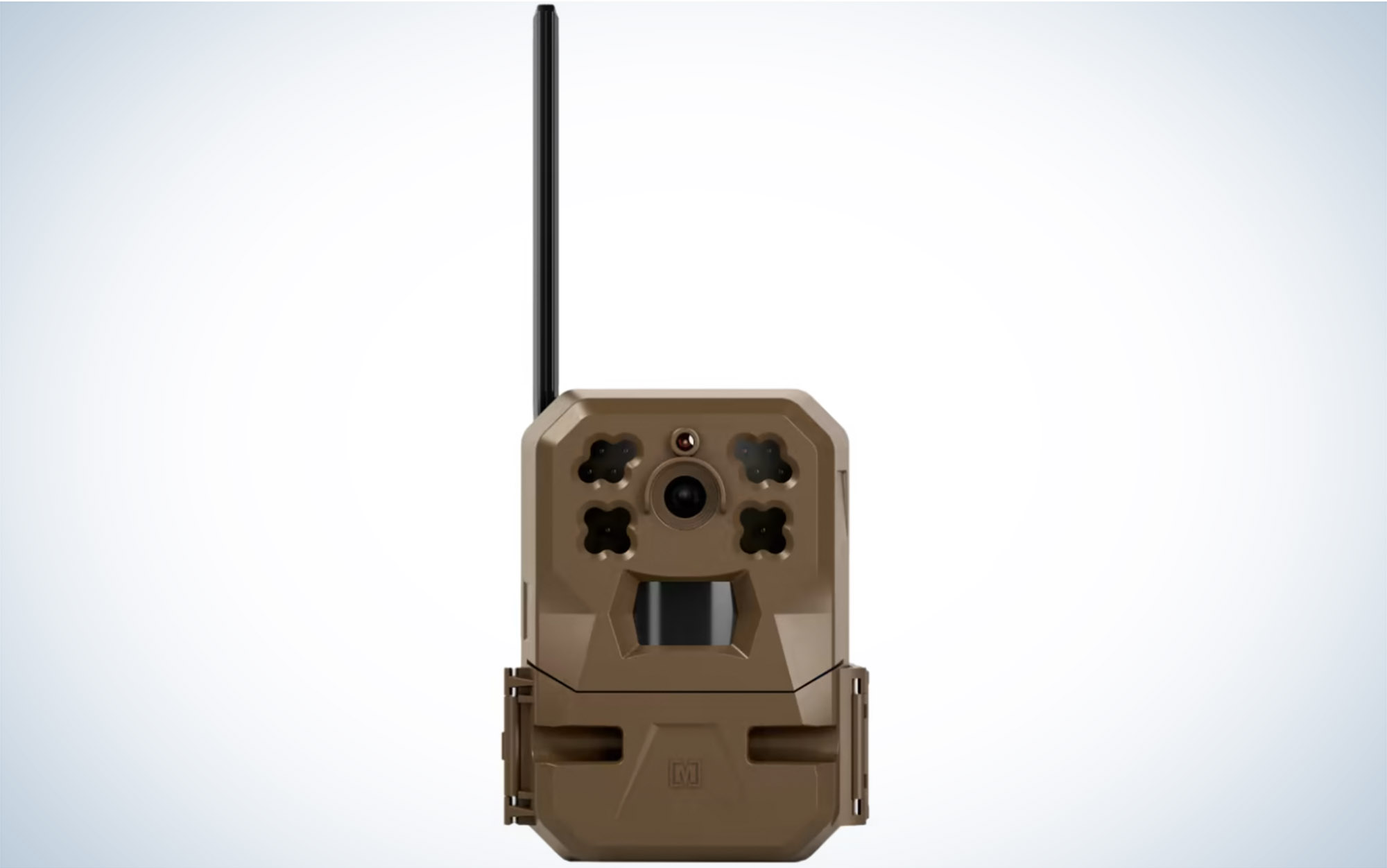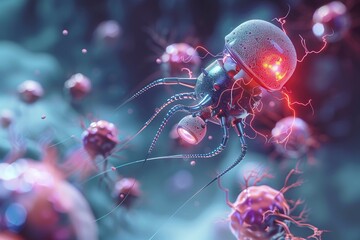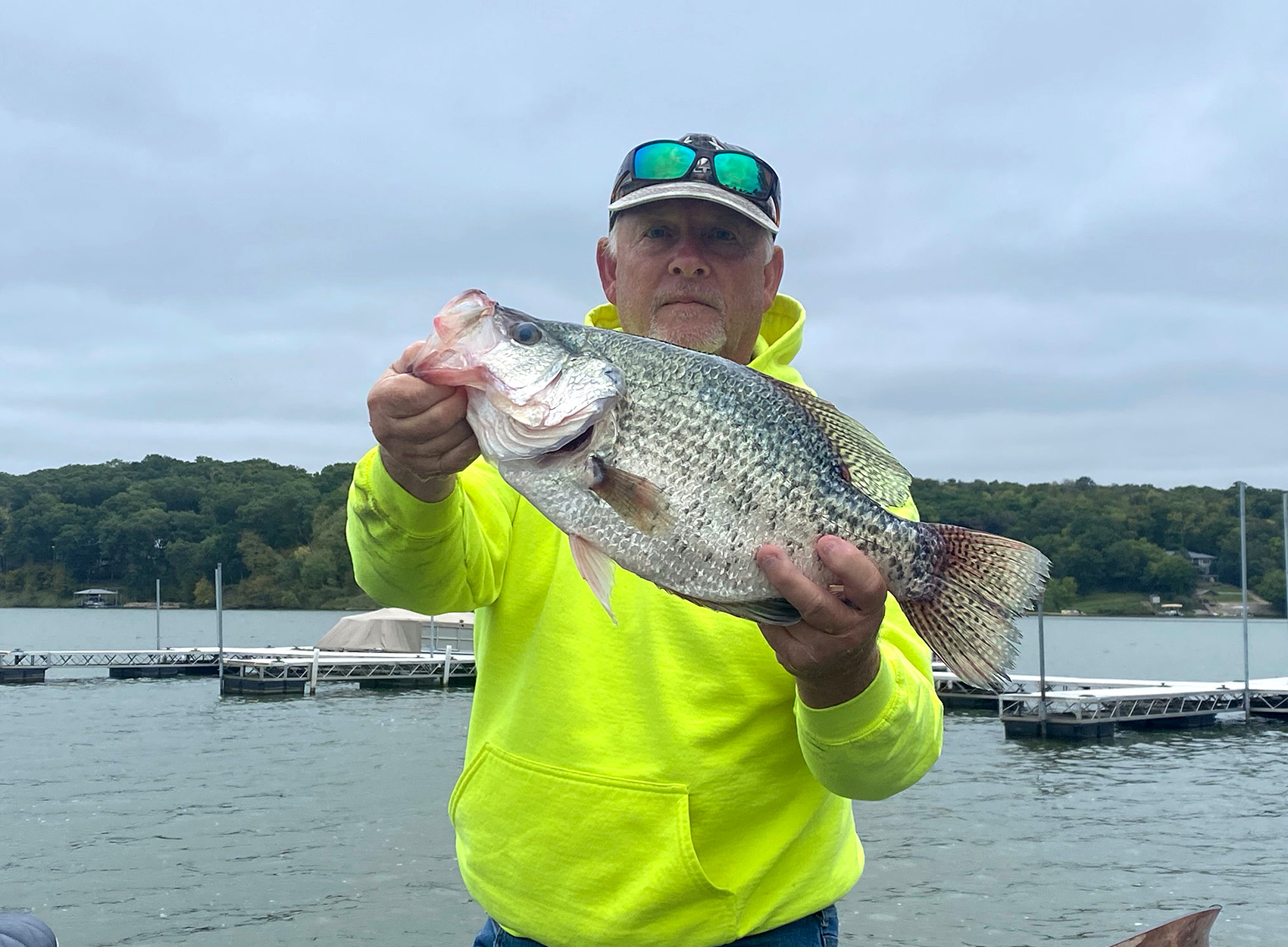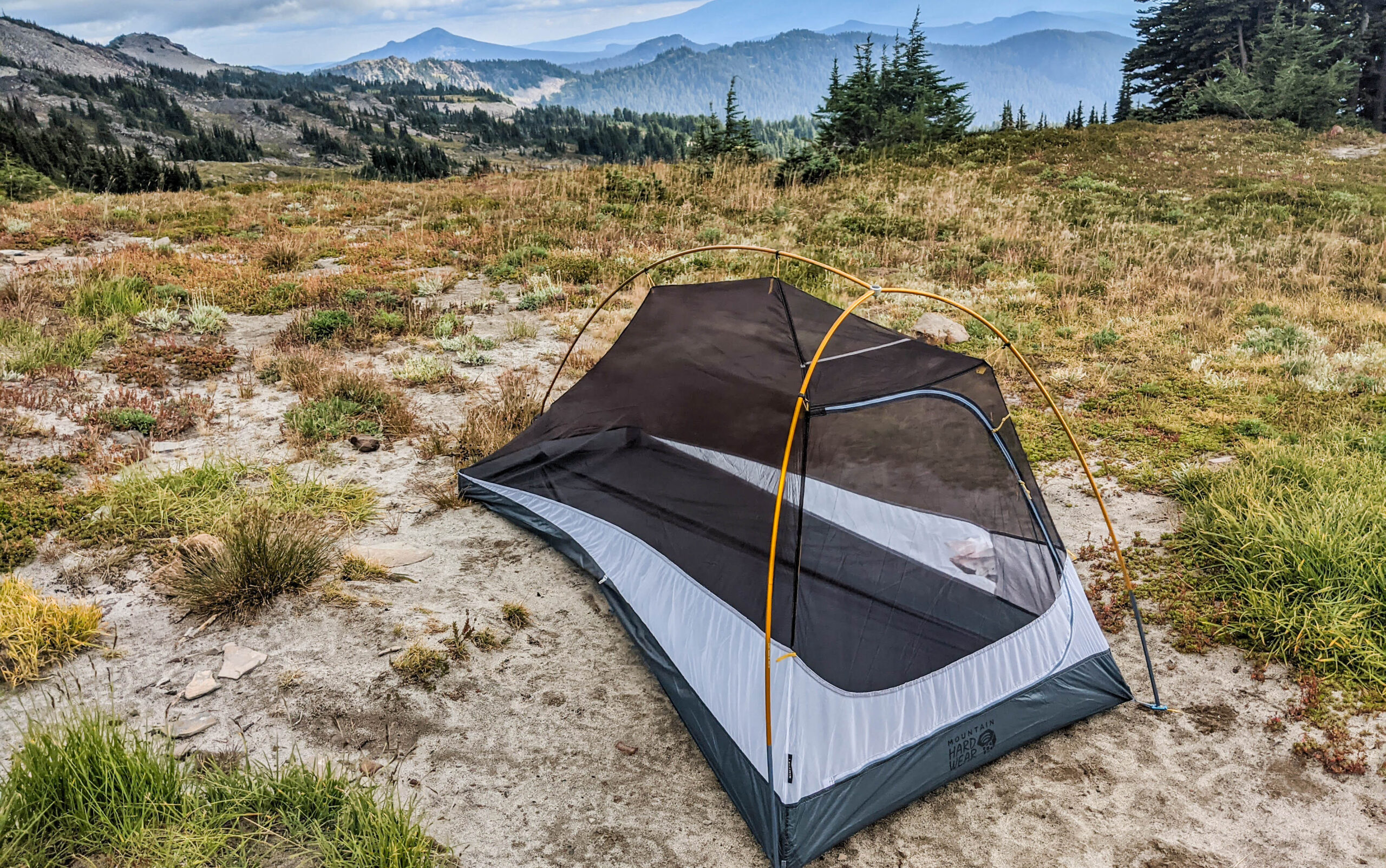Never Trust This Water Source Again
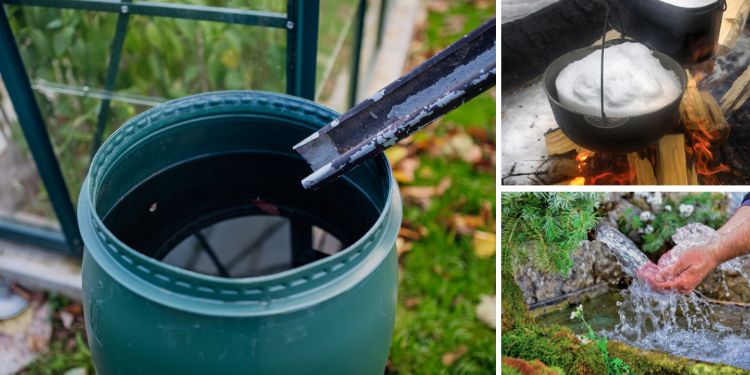
Water is everywhere. As the stuff of life and an integral part of successful prepping, collecting it from trusted supplies is critical to healthy survival and regular life alike.
Many of us grew up drinking water out of the garden hose or even slurping from a crisp mountain stream, and we all (probably) turned out fine. We would (probably) be fine if we went outside and shot a gun straight up into the sky, but that can go from fine to horrible very quickly, as can drinking from unsafe sources.
In fact, waterborne illnesses kill nearly 10 times more people than guns globally, including war, with an estimated toll of 3.4 million people per year. We should treat our water sources with the same level of caution as we do our firearms.
Without proper filtration and purification, there are some water sources you should never trust again.
Rainwater
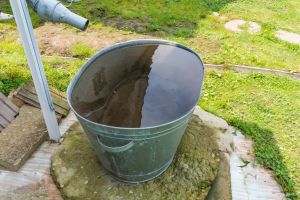 Distilled water is one of the purest and cleanest forms of water you can drink, and rain is just natural distillation on the grand scale, so it seems safe to drink straight from the sky. Unlike water distillation systems, rain drops through the sky, which can be contaminated with toxic chemicals.
Distilled water is one of the purest and cleanest forms of water you can drink, and rain is just natural distillation on the grand scale, so it seems safe to drink straight from the sky. Unlike water distillation systems, rain drops through the sky, which can be contaminated with toxic chemicals.
This is where the danger begins.
In urban areas, there is plenty of pollution to foul rainwater along its descent. Even on a regular day, acid rain is possible and has devastated many forests globally. In SHTF scenarios, there could be burning chemical plants, industrial areas, or any number of toxins being released into the sky, and rainwater should be treated before being consumed.
Beyond the dangers in the sky, improperly maintained rainwater collectors are havens for microbial growth. This water is plenty suitable for graywater use but is risky to drink without treatment.
If you want to make sure that the water you’re collecting for you and your family is safe to drink, proper filtration is key. Learn here how to build an efficient and affordable rainwater harvesting and purification system that can store up to 165 gallons of clean drinkable water.
Natural Springs
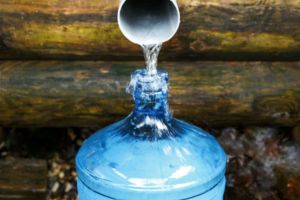 Filtered by the Earth over millions of years, spring water has a reputation for being clean drinking water. While the water deep in the spring may be clean, it can easily be contaminated by the time it reaches the surface. Animals also like spring water and will frequent the area to drink it. Their feces and urine will be more concentrated around the spring, contaminating the water.
Filtered by the Earth over millions of years, spring water has a reputation for being clean drinking water. While the water deep in the spring may be clean, it can easily be contaminated by the time it reaches the surface. Animals also like spring water and will frequent the area to drink it. Their feces and urine will be more concentrated around the spring, contaminating the water.
Many of the same chemicals and pollutants in the rainwater will also permeate the ground, further contaminating the spring water. Minerals in the ground can easily contribute to the contamination by providing unsafe levels of lead, arsenic, or other dangerous chemicals.
Without a thorough knowledge of the spring’s geology, you will not know if the water actually comes from deep in the Earth or is just a resurgent stream. It is somewhat common for streams to flow into passages in bedrock, disappearing from the surface only to reemerge somewhere else. In this case, the spring water would actually be stream water that carries whatever contaminants exist upstream.
Groundwater from Shallow Wells
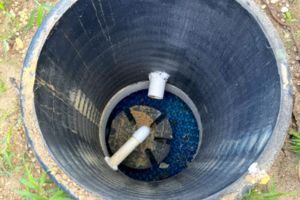 If you take a paper towel, carefully dip the bottom edge into a bowl of water, and then hold it still, you will see the water slowly soaking the paper towel above the water line, seemingly in defiance of gravity.
If you take a paper towel, carefully dip the bottom edge into a bowl of water, and then hold it still, you will see the water slowly soaking the paper towel above the water line, seemingly in defiance of gravity.
This is caused by capillary action, a phenomenon related to surface tension and adhesion in liquids.
Related: The First Water Source That Will Disappear in a Crisis
Groundwater does the same thing and can move laterally through the lands, even up hills.
This means the water in a well could be from relatively distant sources and will contain contaminants from those areas. This is especially problematic in regions with histories of significant agriculture and mining.
Open wells have the added danger of organic poisoning from any animals that may have fallen into them and rotted. Without water testing, there is no way to know how safe the water is to drink, and it should be avoided.
Melting Snow and Ice
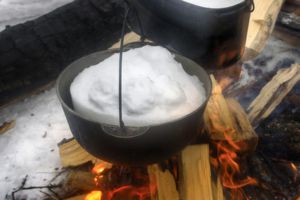 Snow has many of the same dangers as rain and more.
Snow has many of the same dangers as rain and more.
Being crystalline, snow can entrap air pollutants within each snowflake.
Additionally, it can sit stagnant on the surface for a while, collecting even more pollutants as time passes.
Being so cold, it can freeze viruses, giving them a long pause until they are thawed and can continue their process. This is especially problematic in areas with glaciers or permafrost.
Scientists have recently revived viruses trapped in glacial ice 48,000 years ago, so there seems to be no limit on how long these pathogens can lay dormant. The result of consuming one of these viruses may not be as horrific as John Carpenter’s The Thing, but better to not risk it.
Unfiltered Tap Water in Urban Areas
While municipal water may be safe to drink as it leaves water treatment facilities, it may not be by the time it reaches your tap.
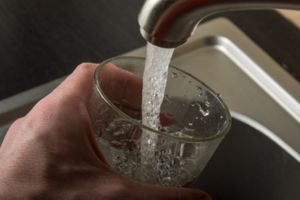
Distribution piping can be contaminated by chemical, biological, and heavy metal contaminants, especially in older plumbing systems.
Unfortunately, this was made vividly clear in the Flint, Michigan, water crisis when dangerous levels of lead contaminated the tap water.
These dangers can be extended to fire hydrants and, sadly, garden hoses, especially because these water sources were never intended for consumption and do not receive the same level of treatment.
This same water is used to fill swimming pools, and the chlorine content may make pool water seem safe enough to drink in an emergency or SHTF scenario, but it should also not be trusted.
There may not be enough chlorine to destroy all pathogens, plus many pool owners use algaecides, stabilizers, and pH adjusters to keep the water in peak swimming condition. Unfortunately, that combination can be quite toxic, and the age-old advice of not drinking pool water persists.
Without even getting into lakes, streams, or unscrupulous water bottling practices, you can start to see why so many people die each year from waterborne illnesses. Collecting water from many of these sources is more than okay, but you should put considerable effort into filtering and purifying the water before you drink it. This becomes even more important in survival or SHTF scenarios, where one infection could spell your demise.
Considering how many water sources are unsafe without proper filtration, it’s clear that we need to take extra precautions to ensure our drinking water is clean. Collecting and treating water from rain, springs, or even snow can be a hassle, especially in a survival situation where time and resources are limited.
That’s why, in addition to filtering collected water, I rely on another solution for my family’s water needs. This backpack-sized water generator has been a lifesaver, pulling clean, drinkable water directly from the air—up to 40 gallons a day—without relying on the grid. It’s been a seamless addition to our preparedness, giving us peace of mind that we’ll always have safe water on hand, no matter the situation.
What are some more seemingly safe water sources that are actually not so safe? Let us know in the comments!
You may also like:
 10 Natural Remedies From the Civil War Era
10 Natural Remedies From the Civil War Era
Why You Should Bury Your Rainwater Supply (Video)
Meal-in-a Jar Recipes You Need to Prep While You Can Still Afford It
9 Bunker Ideas You Did Not Think Of
How to Eat for a Week With No More Than $20
Read the full article here



